Hibernation vs Torpor: What's the Difference?
Ever wonder how animals tackle the cold, dark winter days while you're cozy under a blanket, bingeing your favorite shows? Welcome to the great debate of hibernation vs torpor - a showdown between two strategies for beating the chill. Spoiler alert: it's like comparing a full-on Netflix marathon to a quick catnap. Let's unravel the mysteries of these winter survival hacks and discover the differences between hibernation and torpor, one sleepy fact at a time.

Hibernation: The Full Winter Shutdown
Hibernation is the ultimate long-term commitment to doing nothing - consider it nature's all-inclusive vacation for the cold months. Hibernating animals like groundhogs, hedgehogs and bats are the overachievers here. They prep all year by eating their weight in snacks (same, right?) to build up fat reserves. Then, they hit the snooze button for months.
Key Features of Hibernation
- Metabolic Slowdown: It's like putting your body into low-power mode. Heart rate, breathing, and energy use drop to barely-there levels.
- Temperature Drop: Hibernating animals let their body temperature plummet to match their surroundings - sacrificing warmth for energy efficiency.
- Duration: We're talking weeks to months here. Hibernation isn't for casual nappers; it's a full-season event.

Hibernation All-Stars
- Groundhogs: Famous for their meteorological ambitions on Groundhog Day, these guys are true hibernators.
- Hedgehogs: These nocturnal creatures indulge in an autumn feeding frenzy before their winter slumber.
- Bats: Some bat species spend the cold months hanging out in caves, conserving energy until the bugs return.
Torpor: The Power Nap of the Animal Kingdom
Torpor is like the younger sibling of hibernation - it's shorter, less intense, and perfect for animals who can't fully commit to months of sleep. Think of it as "hibernation lite." Animals like hummingbirds, raccoons, and some bats enter torpor to survive chilly nights or short food shortages.

Key Features of Torpor
- Quick Entry and Exit: Torpor can last a few hours to a few days. It's more flexible than hibernation.
- Less Dramatic Changes: While animals in torpor still lower their body temperature and metabolism, it's not as extreme.
- Daily Use: Some animals use torpor as a nightly strategy, like a quick reboot before the next day's adventures.
Torpor Champions
- Hummingbirds: These tiny dynamos conserve energy at night when it's too cold to find nectar.
- Raccoons: While not true hibernators, raccoons enter short torpor bouts during the worst winter weather.
- Bats: Yes, bats again. Their torpor game is as strong as their hibernation game.

Hibernation vs Torpor
When comparing hibernation and torpor, the most striking differences lie in duration, intensity, and flexibility. Hibernation is a long-term commitment, lasting weeks to months, with animals undergoing extreme metabolic slowdowns and significant drops in body temperature to conserve energy for the season. Conversely, torpor is a short-term survival strategy that can last anywhere from a few hours to a few days. While animals in torpor also lower their body temperature and metabolism, the changes are far less dramatic than in hibernation. Additionally, torpor is more flexible, allowing animals to use it nightly or as needed, unlike the seasonal dedication of hibernation.
Why the Difference?
It all boils down to energy and survival. Animals in harsher climates with long, foodless winters often hibernate because it's the most efficient way to ride out the season. Conversely, torpor is ideal for animals in slightly milder conditions or those that need to stay somewhat alert for predators or unexpected weather changes.

Humans: Torpor Wannabes?
While humans don't hibernate (sadly, no excuses for a three-month nap), research is underway to see if induced torpor could help astronauts survive long space journeys. Imagine snoozing your way to Mars.
Fun Facts to Warm You Up
- Ground Squirrels: These tiny hibernators can let their body temperature drop below freezing - becoming furry popsicles that thaw out in spring.
- Hummingbird Torpor: During torpor, their heart rate can drop from a rapid 1,200 beats per minute to just 50.
- Bear Myth-Busting: Despite popular belief, bears don't fully hibernate. They enter a deep torpor, which means they can wake up if disturbed.

Hibernation vs Topor: Final Thoughts
Whether it's the marathon-like endurance of hibernation or the quick, energy-saving bursts of torpor, nature has a knack for creativity in surviving winter. So, next time you're bundling up for a cold day, spare a thought for the animals who've mastered the art of seasonal snoozing. And who knows? Maybescience will crack the code for human hibernation someday - because who wouldn't want to skip winter entirely?
If you're feeling inspired to embrace your inner hibernator, maybe grab a blanket and some snacks and settle in for your own winter "hibernation" - minus the metabolic slowdown.

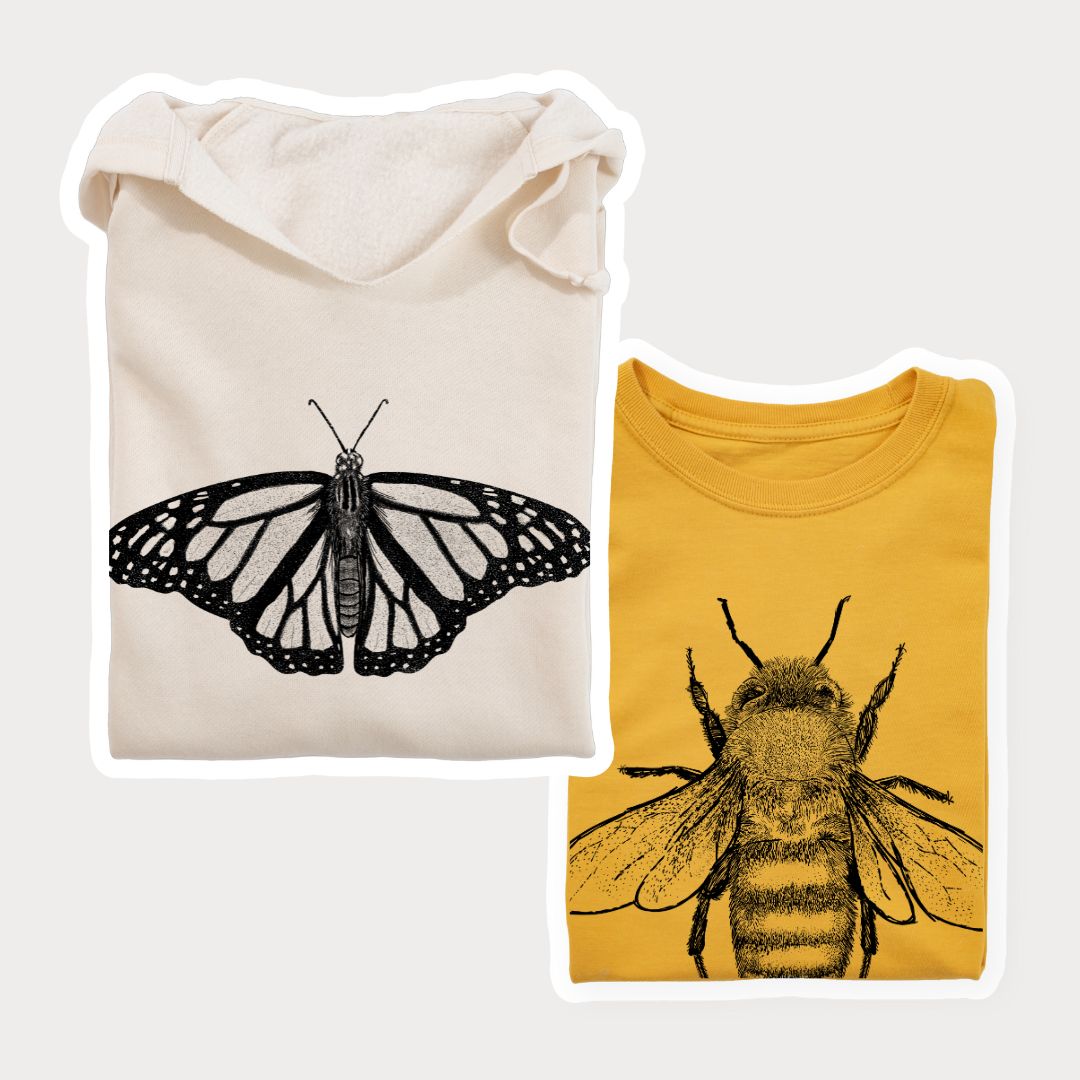

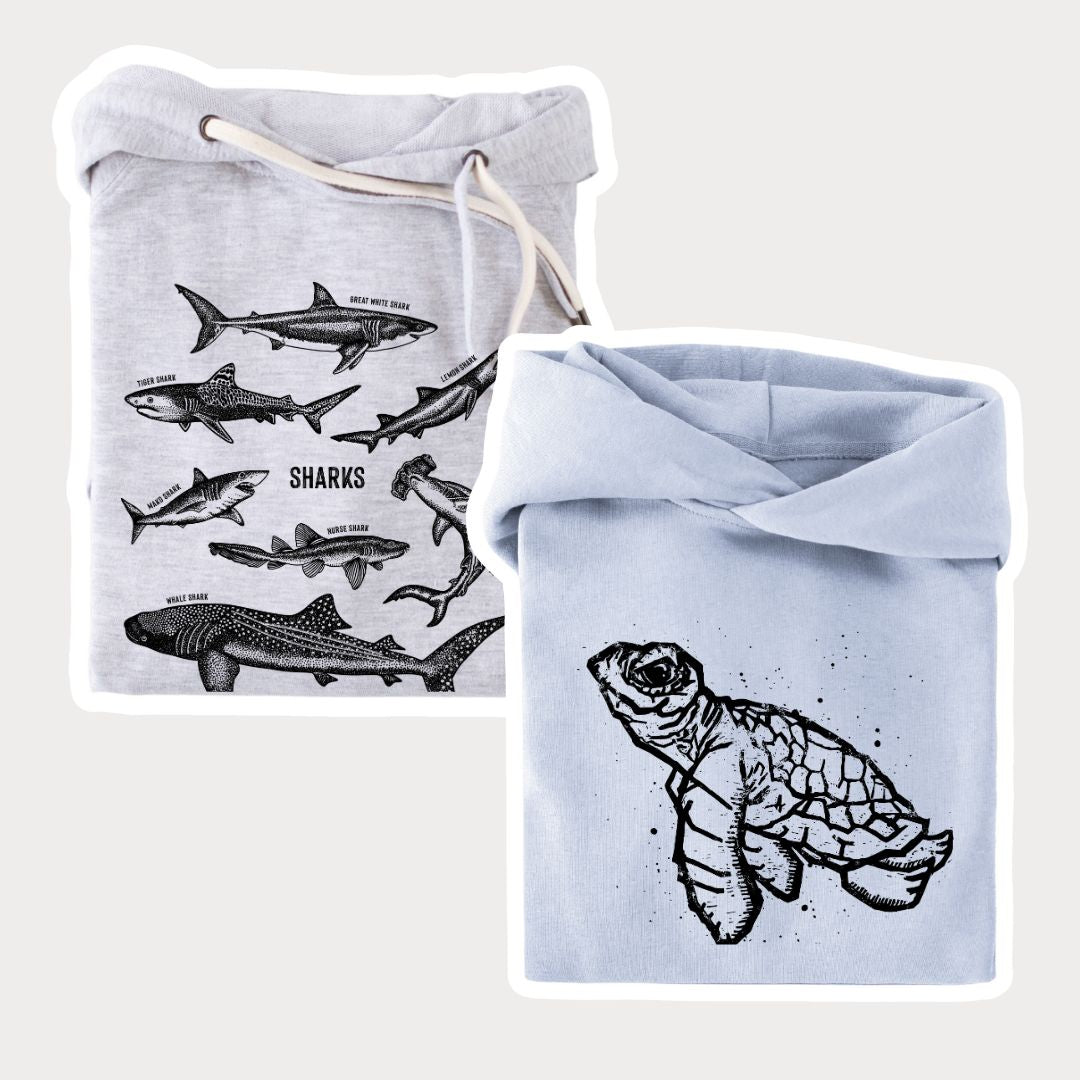
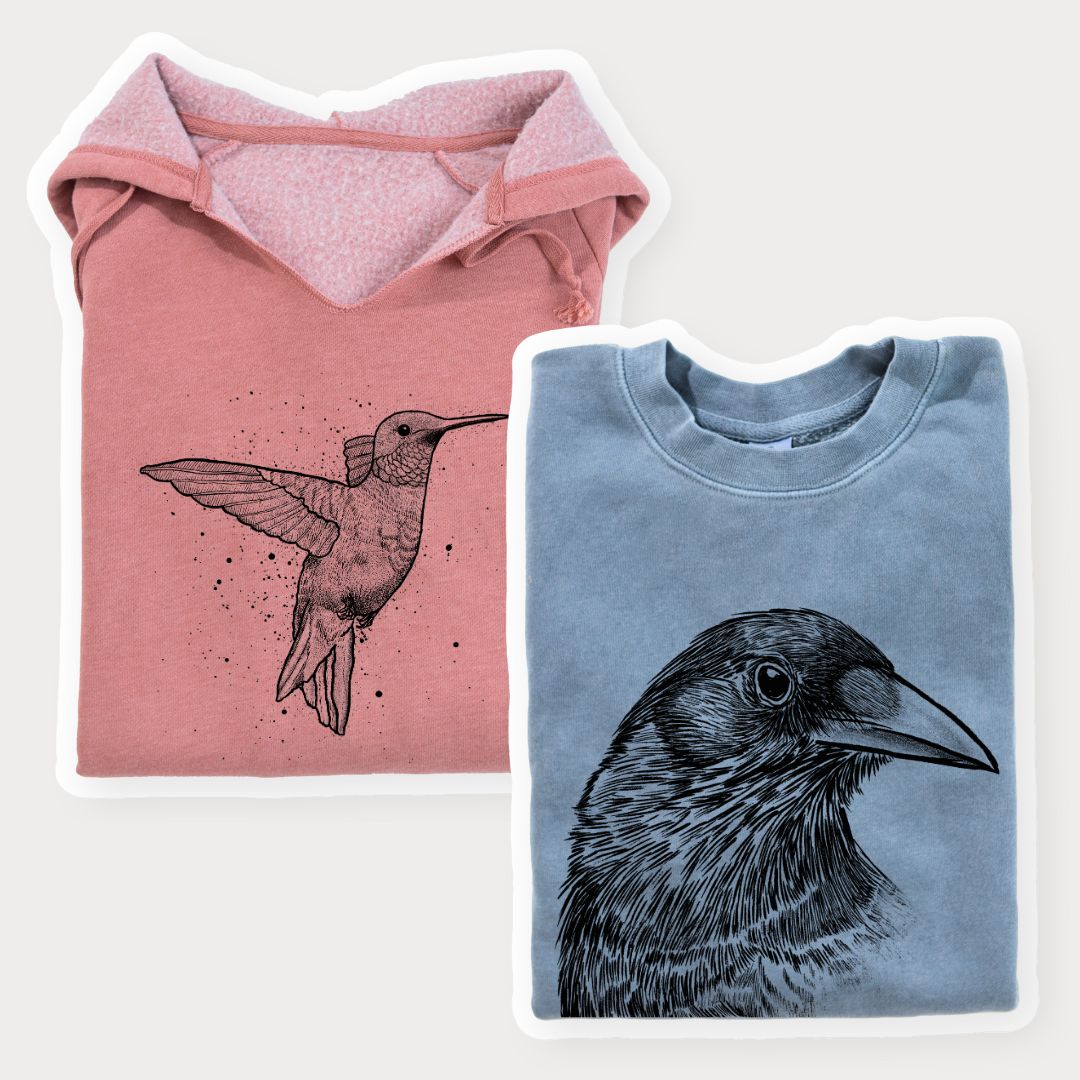
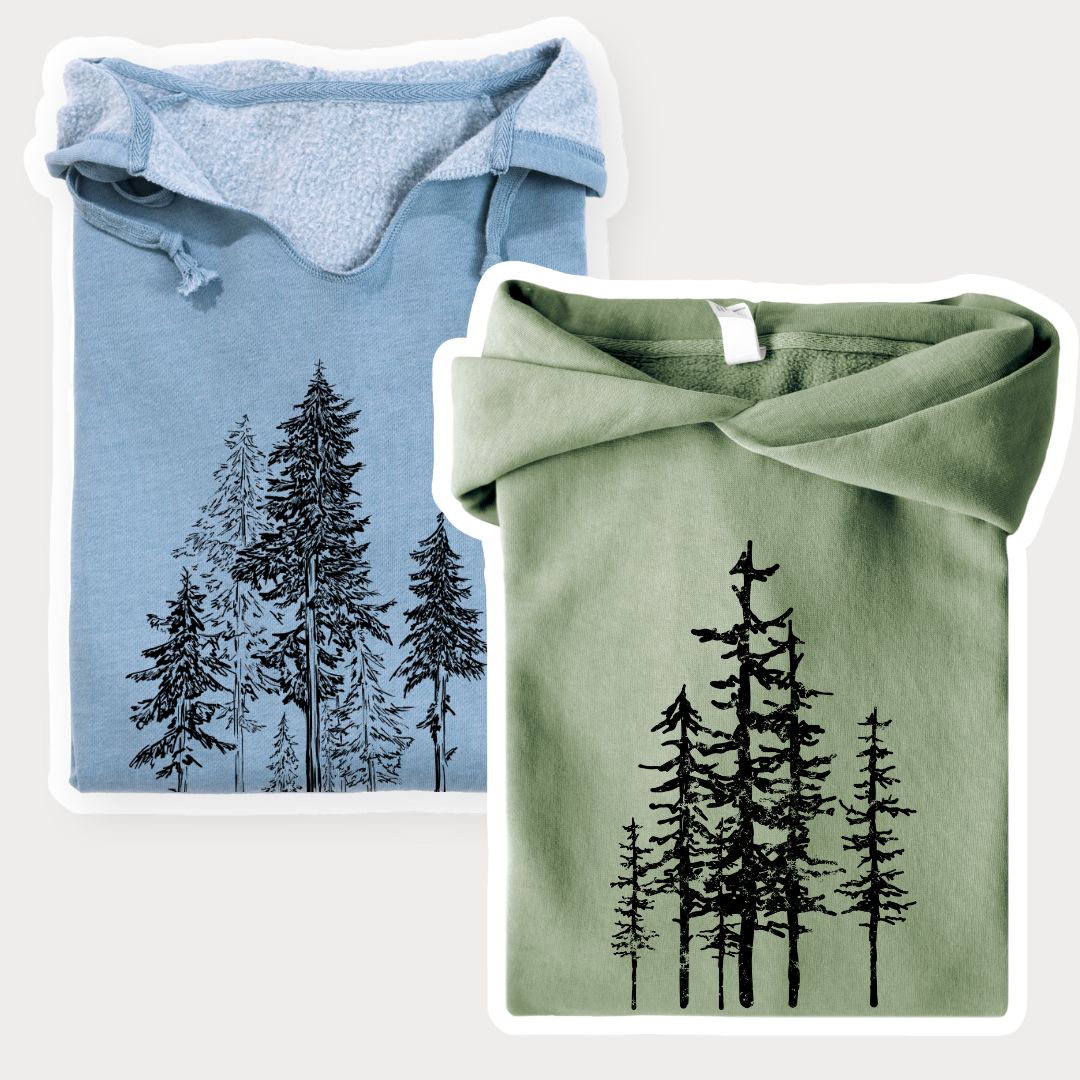







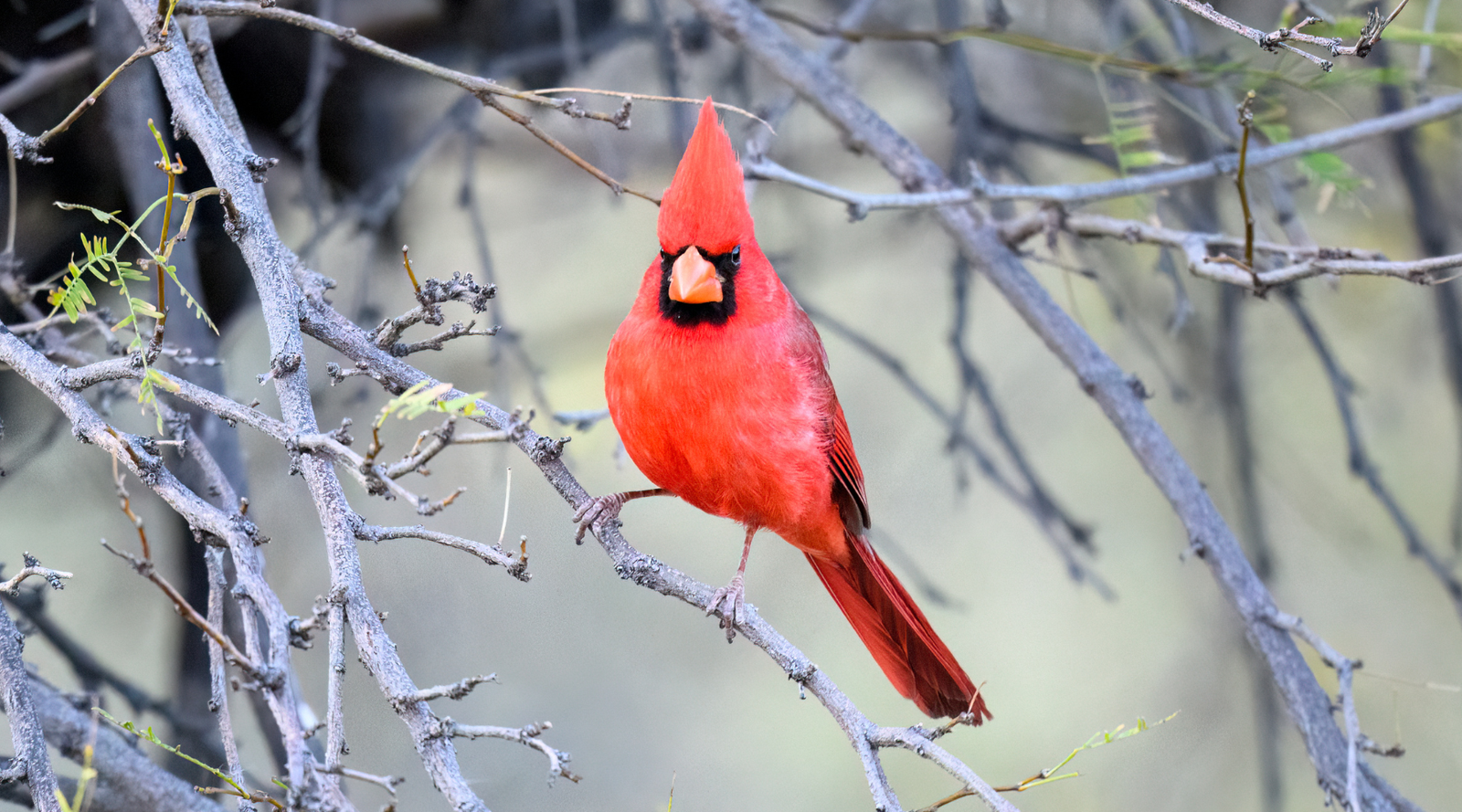

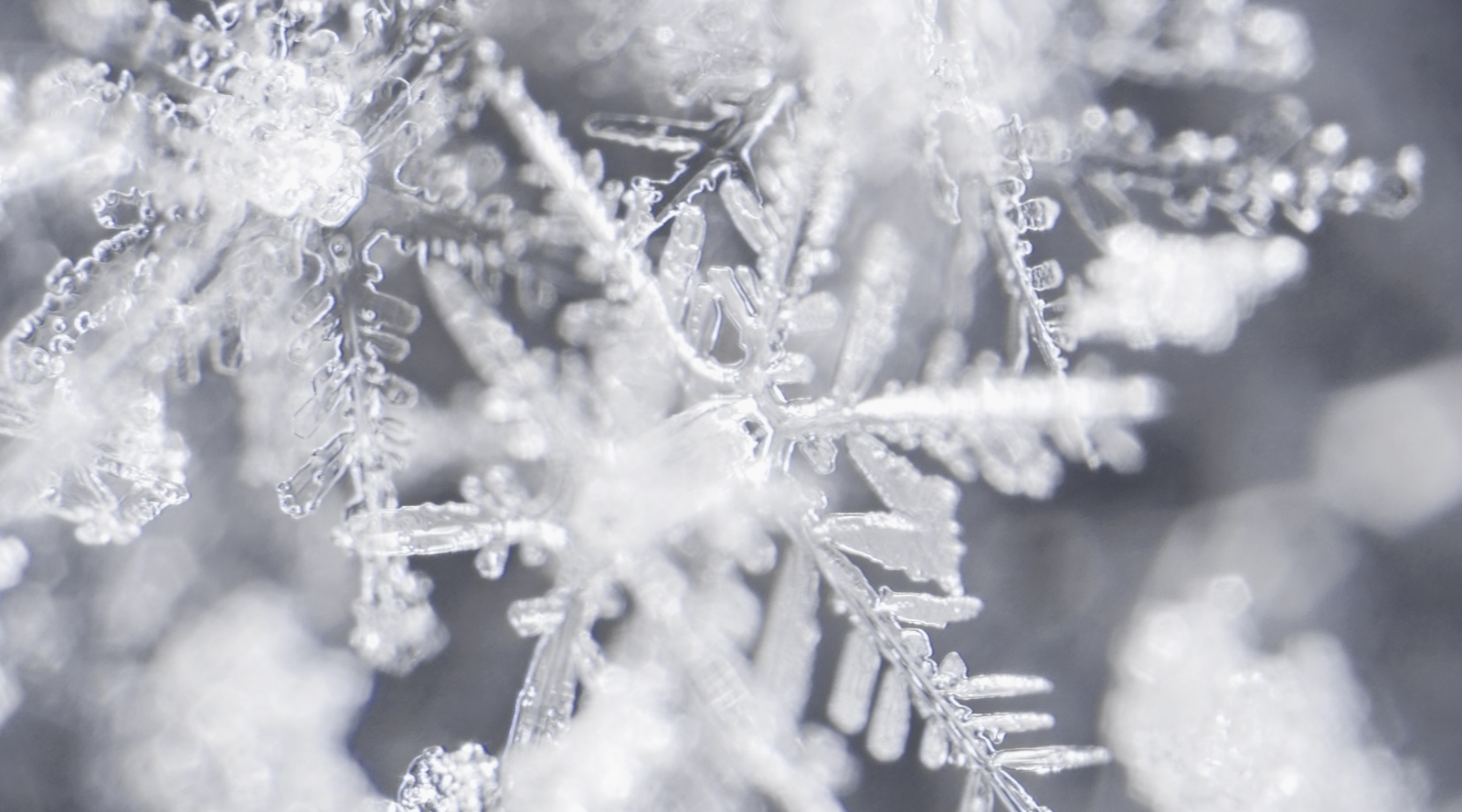
Leave a comment (all fields required)